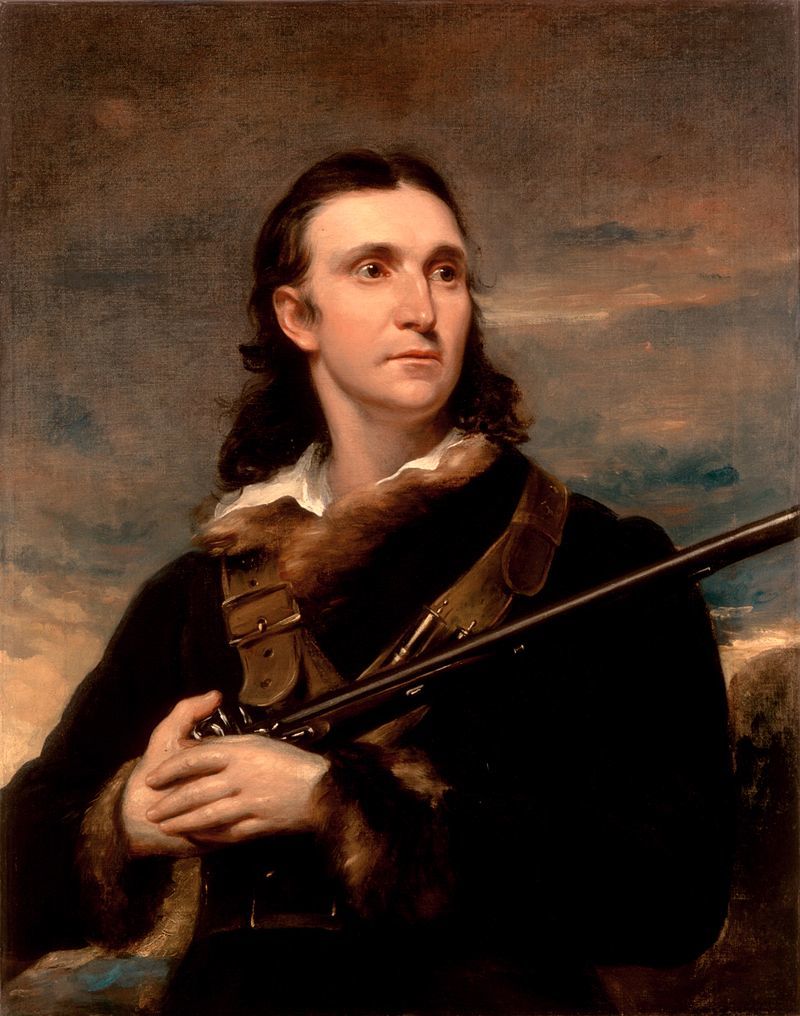John James Audubon

Beginnings
John James Audubon was born in 1785 in Haiti, then a French colony known as Saint Domingue. His father was a naval officer and owner of a sugar plantation, on which the majority of labour was done by enslaved people from West Africa. Audubon's mother was not married to his father, and she died shortly after Audubon's birth.
Audubon moved to France at a young age, where he was raised by a stepmother who encouraged his love of drawing and nature.
Life and Work in America
Aged just 18, Audubon was sent from France to the US so he would not be conscripted to fight in the Napoleonic wars. He spent some years on a farm near Philadelphia, where nine enslaved people worked for him. Their forced labour gave Audubon the freedom and money to pursue his passions: hunting, studying and painting birds.
In 1807 Audubon went south, to Kentucky, on one of many business ventures.
Birds of America
Audubon became aware of the artistic work of Scottish ornithologist Alexander Wilson in 1810 and decided his own bird drawings were superior. Around 1820 he chose to give up business and try to publish his bird paintings. He travelled the US seeking new birds to paint, aiming to represent every American species in his collection.
In 1826 Audubon left for Britain in search of support for his ambitious idea to publish a giant book filled with life-size illustrations of American birds: Birds of America. It was on this trip that he would meet his future friend and collaborator, William MacGillivray.


